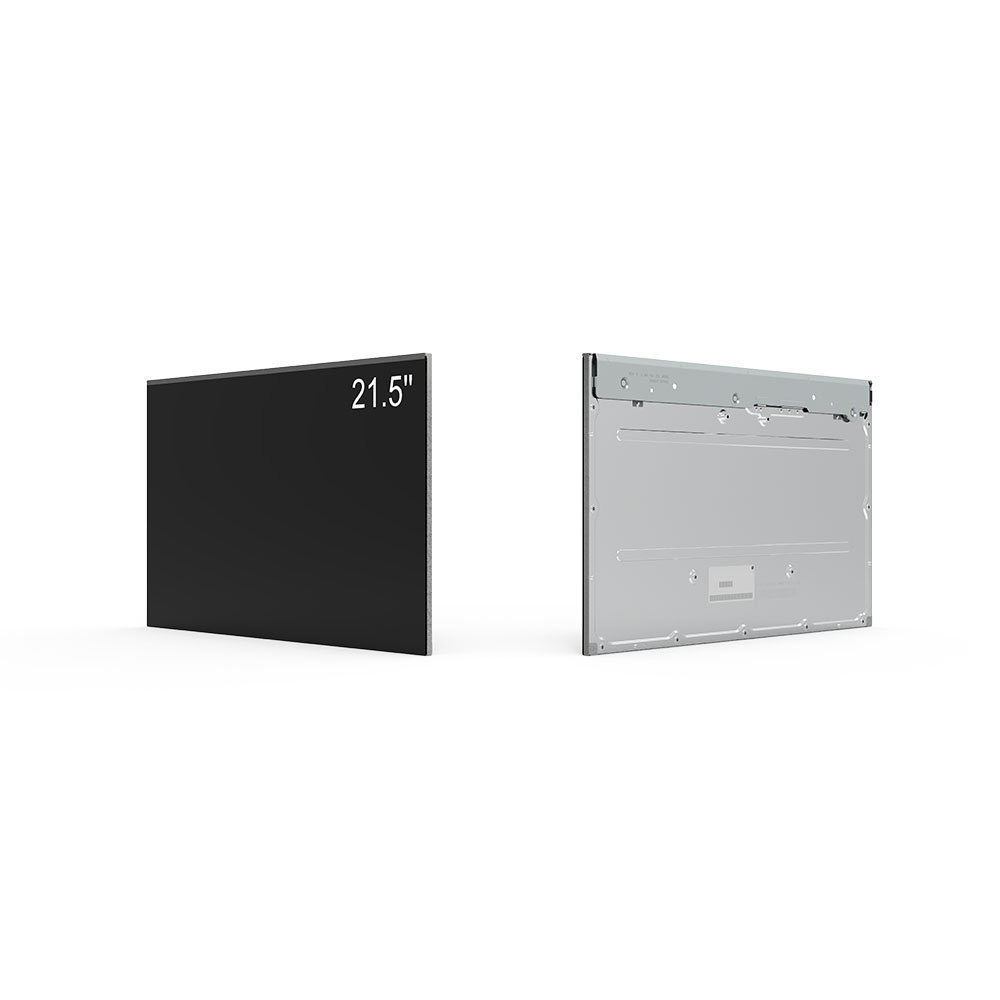When designing or selecting outdoor LCD screens for commercial, industrial, or public use, understanding display ratios—particularly the 16:9 aspect ratio—is critical to achieving optimal visual performance, compatibility, and user engagement. The 16:9 format, now the global standard for high-definition video and digital signage, ensures content is displayed clearly across all screen sizes—from compact 10.1-inch units to massive 110-inch displays used in stadiums or transit hubs.
For outdoor applications, the 16:9 ratio aligns with modern content production standards such as 1080p (Full HD), 4K UHD, and even 8K resolutions, enabling seamless integration of video, images, and dynamic data feeds without distortion. This ratio also maximizes screen real estate for widescreen advertising, weather updates, wayfinding systems, and live event broadcasts. Whether you're installing a 13.3-inch portable unit for retail kiosks or a 75-inch wall-mounted screen for a bus station, 16:9 guarantees consistent image scaling and avoids black bars or stretched visuals—an essential factor for brand integrity and message clarity.

Manufacturers like LG, Samsung, and Sharp have standardized on 16:9 for outdoor LCD panels due to its proven efficiency in both energy consumption and heat dissipation, particularly when paired with high-brightness LED backlights (typically 5,000–10,000 nits). Our field testing at international trade shows and urban installations confirms that 16:9 screens outperform older 4:3 formats in readability under direct sunlight, especially when combined with anti-glare coatings and IP65+ ratings for dust and water resistance.
Screen sizes from 10.1” to 110” are commonly available in 16:9, each tailored for specific use cases:

- 10.1”–15.6”: Ideal for mobile carts, vehicle dashboards, and point-of-sale terminals
- 18.5”–27”: Common in indoor-outdoor environments like cafes, gyms, and airport lounges
- 32”–55”: Standard for digital billboards, retail store fronts, and public information boards
- 65”–110”: Used in large-scale venues such as sports arenas, convention centers, and highway signage
The key to success lies in matching the screen size and resolution to the viewing distance. For example, a 43-inch 16:9 display at 3 meters offers clear visibility for most adults, while a 75-inch unit must be placed at least 6 meters away for comfortable viewing—a principle derived from SMPTE (Society of Motion Picture and Television Engineers) guidelines. In short, 16:9 isn’t just a ratio—it’s a design philosophy rooted in professional ergonomics, content compatibility, and environmental resilience.







